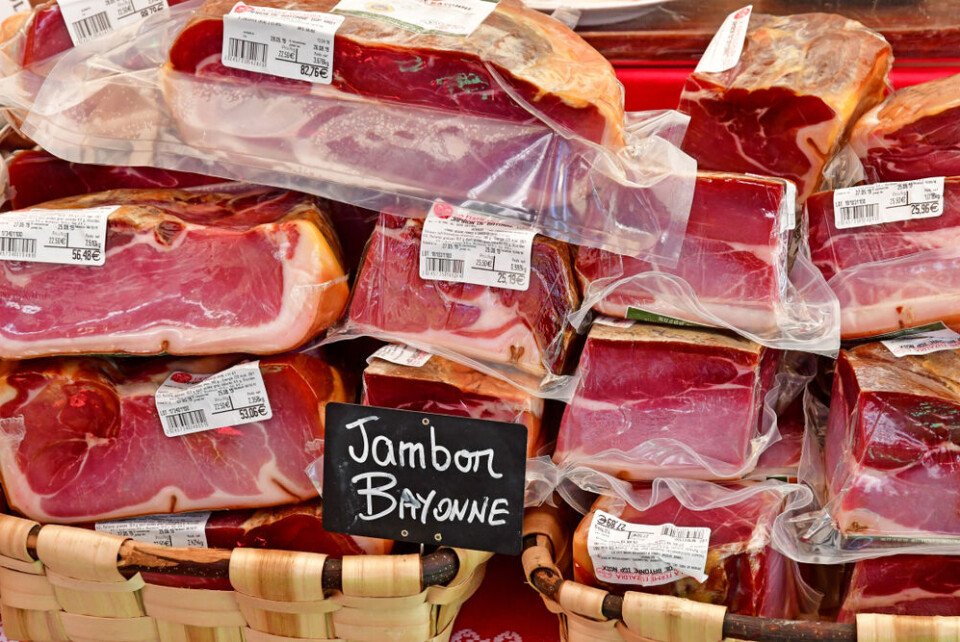-
Martel: the medieval French town home to a 'truffle' train and lavender festival
The small town in the Lot offered refuge to an English throne heir until his death
-
Brittany lighthouse lens removal leads to public outcry
A petition gained over 20,000 signatures, highlighting the ongoing battle over the buildings' heritage in France
-
French parliament to vote on law to offer €150 a month card for healthy food
The card would be intended to benefit consumers and farmers, and comes after successful trials of similar schemes in Bordeaux and Montpellier
French food notes: The salty tale behind Jambon de Bayonne
In our series providing a sideways glance at French food, we take a look at a rather strange origin of one of France’s meat delicacies

For today’s delve into the somewhat fuzzy and fortuitous origins of some of France’s best-loved foods, we revisit that old recurring chestnut: the myth that sticks because it appeals to the consumer’s – or, perhaps more importantly, the marketeer’s – instincts.
In a country awash with charcuterie of all shapes, sizes, origins and quality, Jambon de Bayonne ranks as one of France’s reigning porcine delights (though it must be said it faces very stiff competition from the majestic AOC range of items with the porc noir de Bigorre label).
The rules for the production of this melt-in-the-mouth ham from the Pays d’Adour – covered by a “Protected Geographical Indication” (PGI) since 1998 – are predictably strict, with even the origin of the salt used to cure it being strictly controlled.The correct selection of pig breeds and a minimum of seven months maturing are among the other prerequisites.
As for its origins: the story goes that, during a wild boar hunt, Gaston Phoebus (sometimes spelled Fébus, also known as the eleventh count of Foix, b.1331, d.1391) wounded a specimen from a fleeing herd. The animal escaped but was eventually – some months later, legend has it – discovered drowned and in a perfect state of preservation in a salt spring in Salies de Béarn. An unlikely yet not impossible yarn, since the Adour basin’s waters are proven to be mineral-rich.
There is also evidence, however, that way, way back in the year X a Roman general mentioned a flourishing trade of ham between Bordeaux and Bayonne.
However the jambon came about, it’s to Bayonne’s annual foire au jambon – held since 1462! – that true aficionados head.
Related articles
French food notes: Traditional Dijon dish was created by twist of fate
Carrefour France trials a ‘vegan butcher’ product range
French food notes: a classic of Gascon cooking
























